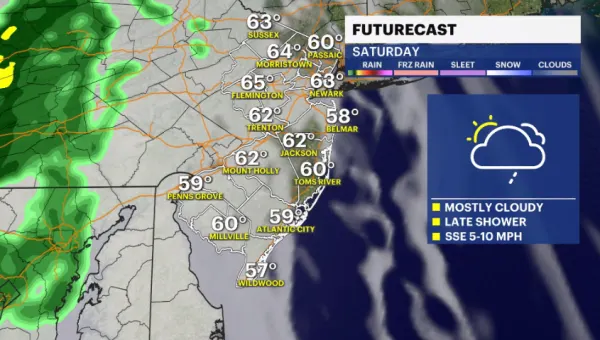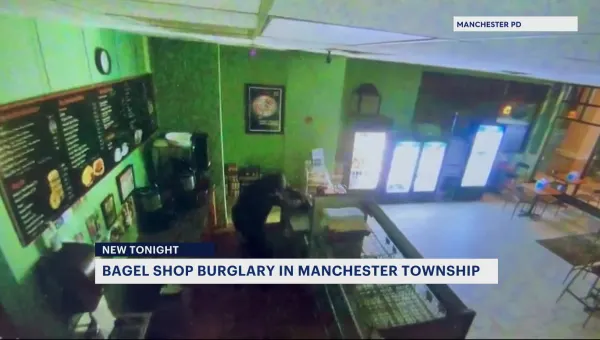Garden Guide: Choose native plants for a colorful and low maintenance garden
Native gardening has a reputation for being great for the environment, but it’s also a very low maintenance way to add curb appeal to your house or a pop of color to the backyard.
Share:
More Stories
1:57
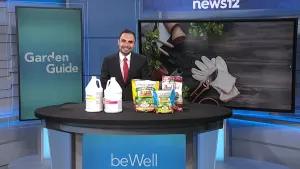
Garden Guide: Fertilizer myths and tips
2ds ago1:33
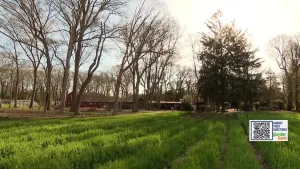
Garden Guide: What is community-supported agriculture?
3ds ago1:36

Garden Guide: Do these garden chores in April for beautiful plants all season long
16ds ago3:34

Garden Guide: Learn how to compost
18ds ago2:34
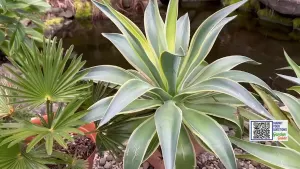
Garden Guide: How to acclimate your plants back outdoors
24ds ago1:35
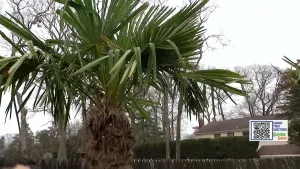
Garden Guide: Five cold hardy palm trees
38ds ago1:57

Garden Guide: Fertilizer myths and tips
2ds ago1:33

Garden Guide: What is community-supported agriculture?
3ds ago1:36

Garden Guide: Do these garden chores in April for beautiful plants all season long
16ds ago3:34

Garden Guide: Learn how to compost
18ds ago2:34

Garden Guide: How to acclimate your plants back outdoors
24ds ago1:35

Garden Guide: Five cold hardy palm trees
38ds agoNative gardening has a reputation for being great for the environment, but it’s also a very low maintenance way to add curb appeal to your house or a pop of color to the backyard.
What is a native plant?
Native plants refer to species that have evolved in our local forests and have occurred without human intervention. These plants are adopted for our local climate which makes them virtually maintenance free. They also help feed our wildlife.
Native plants are far from boring! We have native orchids, a native cactus - the eastern Prickly Pear, and even fruit trees like Beach Plum that can handle exposure to salt.

The Long Island Native Plant Initiative (LINPI)is one of many local non-profits that educate people about the benefits of native plants. LINPY provides gardeners and public parks with native plants that are a “local ecotype”, which is a very hyperlocal approach to native gardening. They’re preserving the specific genetics from specimens growing in our forests.
“We are collecting the seeds from ecotypic native plants from the wild these populations of native plants are actually from our local ego region, our actual wild land since they are evolved in this specific area,” explains Greg, the president of the Long Island Native Plant Initiative.
Are non-native plants bad?
It depends on who you ask and what plant you’re looking for. Some non-native plants are a source of food for us and for our wildlife. They bring beauty and color, and are a great addition to the landscape. Non-native plants don’t provide the same benefits that native plants do for local wildlife and some can escape into the wild and outcompete native plants.
Invasive plants
Invasive plants are non-natives that are incredibly vigorous to establish and outcompete native plants. These plants can literally starve out local wildlife and harm the biodiversity of our local forests. An example of an invasive plant is porcelain berry. The vine looks like a grape when young. It can cover an entire forest in a carpet of vines.

Learn more about native plants
The Long Island Native Plant Initiative has frequent plant sales, where they say they price plants at a loss to make them affordable for any gardener. They also have a plant database to search for native plants that fit the conditions in your home garden and the characteristics you are looking for.



